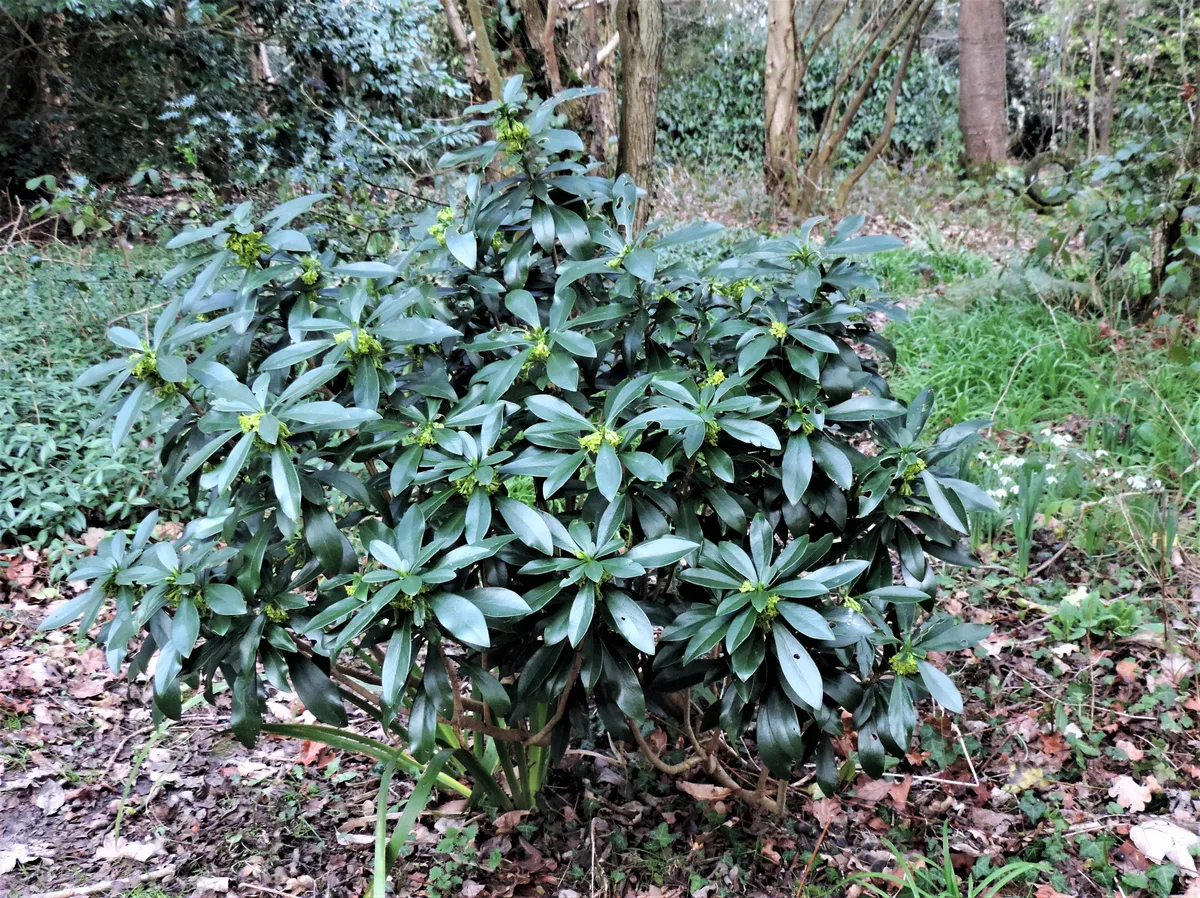Even in the late winter months when the landscape can still appear a barren, signs of new life are appearing and it can be a surprisingly good season to spot winter wildflowers.
Throughout the year in the British countryside, swathes of wildflowers provide an essential food source and habitat for pollinators, such as bees which in turn pollinate fruit crops.
Wildflowers can be found growing all over the UK and in a range of different habitats. Despite common perception, they can also grow in shaded areas such as woodlands.
Here is our expert guide to winter wildflowers, including how to identify and best places to see.
1
Alexanders
The green umbels of Alexanders have a musty smell that attracts fly pollinators. A former herb, it fell from favour after celery was introduced. It’s now naturalised near the coast.
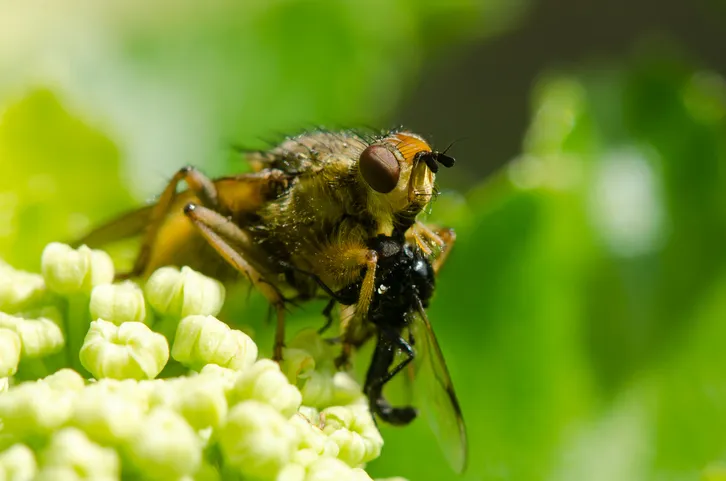
2
Wood sorrel
Its nodding flowers may be marked with pink veins and yellow spots at their base. Wood sorrel often grows over decaying branches on the woodland floor.
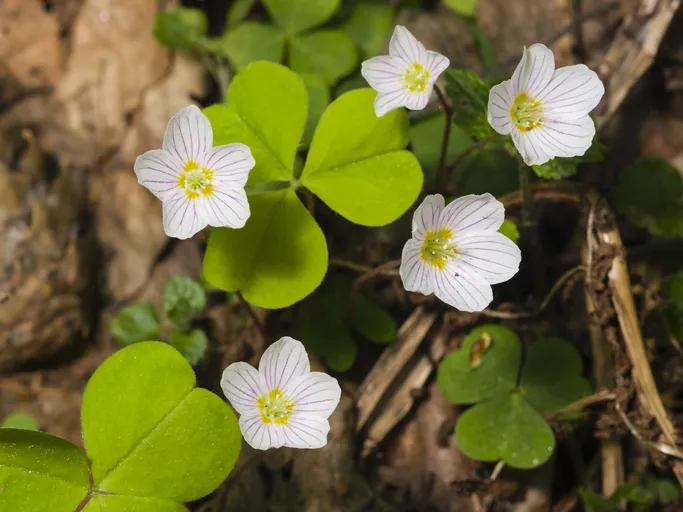

3
Butterbur
Underground rhizomes produce conical pink inflorescences that erupt through riverbank soil before the leaves expand. It has separate male and female plants.
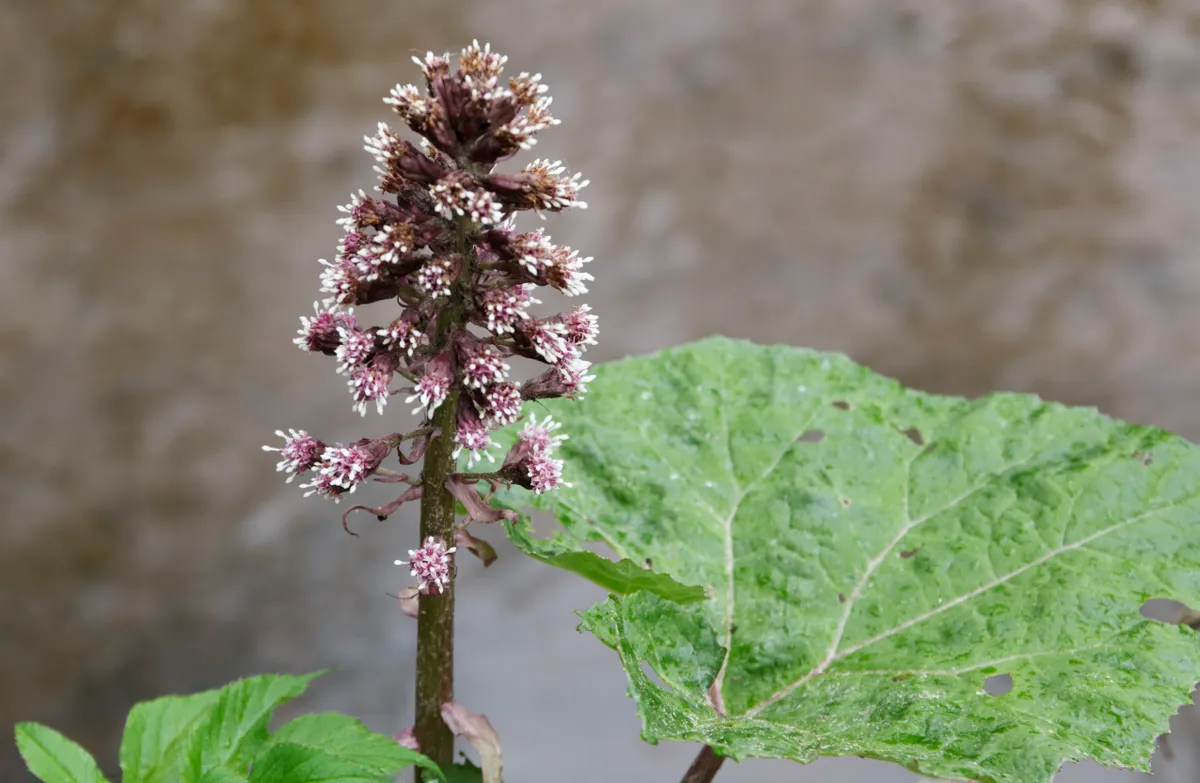
4
Yellow star of Bethlehem
Green-backed petals open to reveal umbels of yellow blooms that are easily overlooked among the lesser celandines. It is locally common on limestone soils.
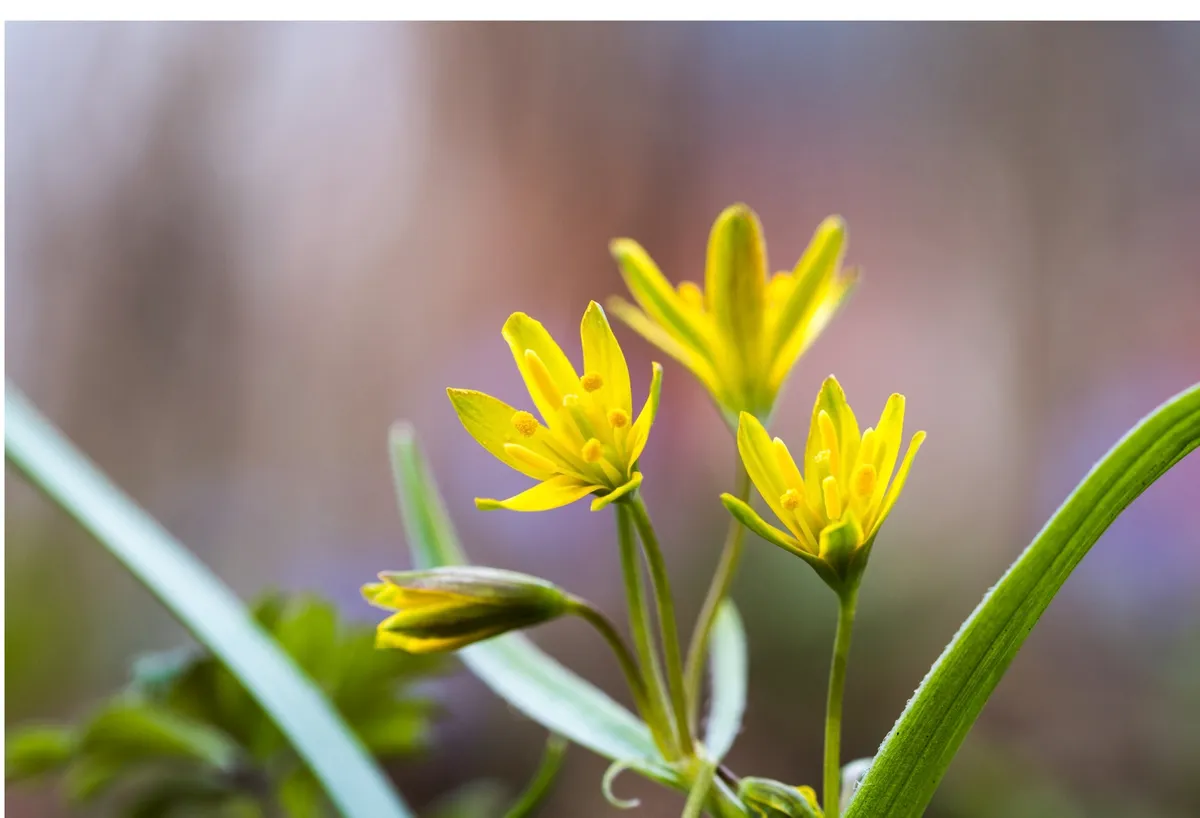
5
Sweet violet
The only native violet that’s fragrant, this is always the first to flower. Creeping stolons root at their tip, so old plants form large patches in hedgebanks.
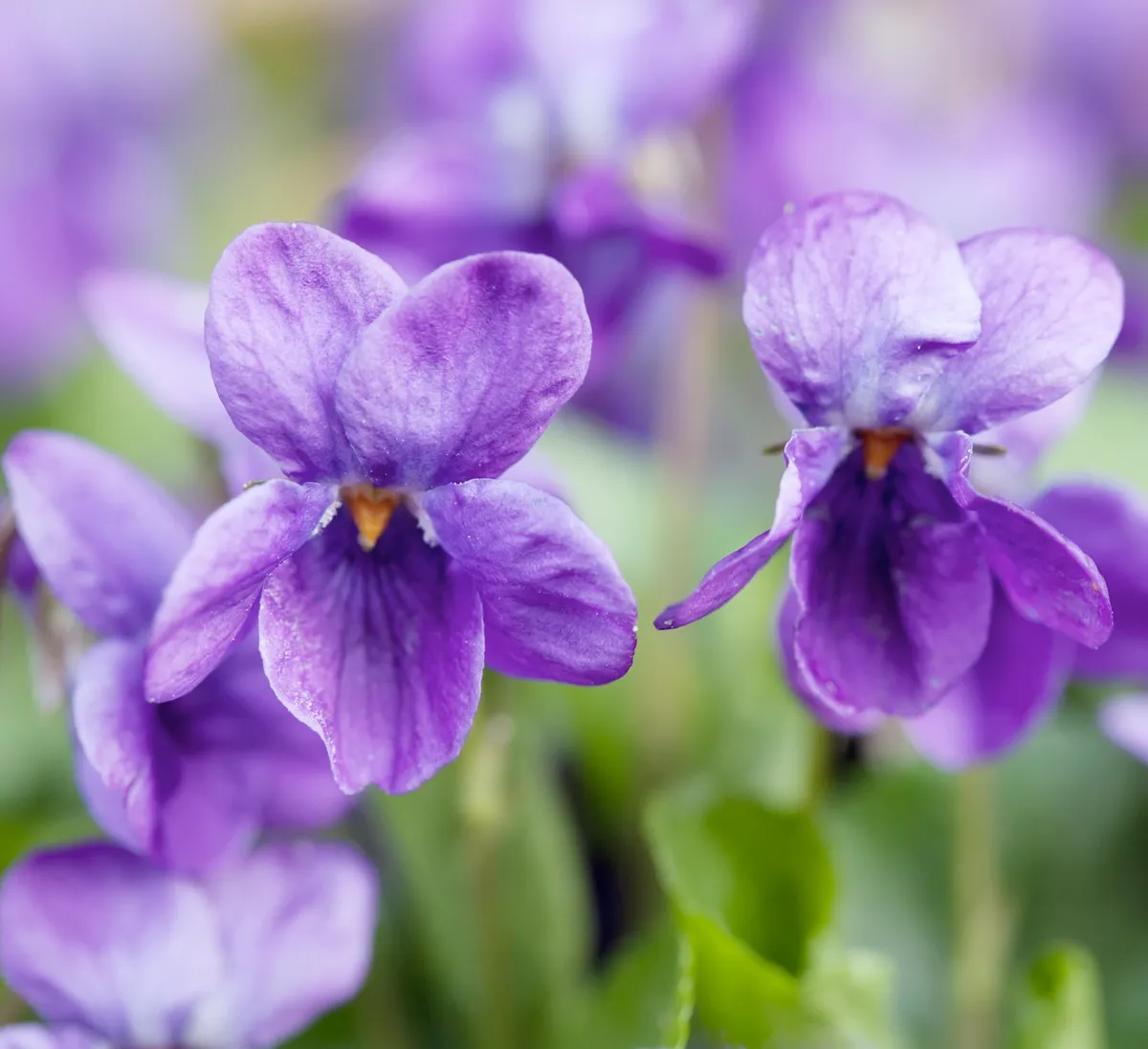
6
Barren strawberry
Similar to wild strawberry, this blooms earlier and its petals don’t touch one another. Fruits are dry and inedible. It is very common on woodland edges.

7
Spurge Laurel
Clusters of scented green flowers on this evergreen shrub attract the first bees and brimstone butterflies. Find it in calcareous soils, in hedge banks and beech woods.
